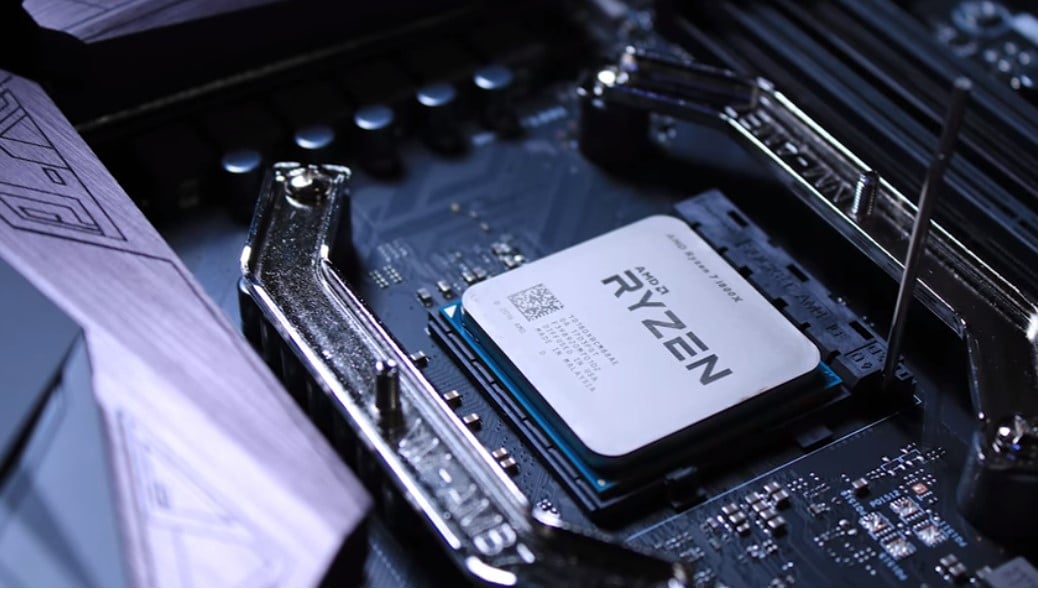AMD (NASDAQ:AMD) stock has declined for the past year, on fears that the semiconductor market is heading for a glut, mainly as fears of a global slowdown weigh on sentiment, after this years of shortages.
In addition to the potential glut, that is expected to come in 2023, AMD is now witnessing the price fall for some of its chips. While the fall in price is currently primarily segregated to the secondary market, the price decline is now starting to affect the primary sales as well.
Q2 2022 hedge fund letters, conferences and more
Analysts are currently torn between whether there will be a chip shortage, or a glut going into 2023, and the mixed news is clearly leading to a negative outlook. AMD isn't the only semiconductor company facing headwinds, other competitors such as NVIDIA (NASDAQ: NVDA) have also witnessed their stock retreat.
AMD has been continuing to perform well, and with the Zen4 architecture, and Xilinx chips, and when combined with the demand for the older chips, the stock may be oversold.
Some of that is due to demand for electronics, and demand has slowed down for them when compared to previous years, but the supply of semiconductors remains a problem with demand from autos and network-based demand keeping supply in check.
Prices also remain higher than in the past few years, although they have come down in recent times, even if only slightly, and the high prices are leading to generous margins for chip makers
While electronics are showing signs of a slowdown, the auto market has been quickly recovering, and more and more large companies such as Amazon, continue to invest in backend infrastructure in anticipation of long-term demand, although the pace of investment has slowed down in recent times.
The demand for data center chips has helped balance out the weakness in other areas and AMD has increasingly started to bet on data centers in order to continue its pace growth, with AMD’s Pesando deal re-iterating the strategy of concentrating resources on data centers, which is clearly paying off.
CEO AMD “This is all for us … doubling down on the data center,” “Of course, we love our traditional PC and gaming markets but the data center is the most strategic area” for future growth.”
Supply Chains Exacerbate Shortages
New supply is expected to slowly come through in 2023 and 2024, which may finally ease up the current shortages, as plants across the United States, and Asia (Japan), open up.
But issues that continue to hamper supply in the short term as material shortages, stemming from supply chain disruptions in China, and water shortages continue to affect the market.
The Zen 4 chips will be built on the 5-nanometer processor, and are expected to be up to 29%-30% faster than the previous Zen 3 chips.
The release of the chips will be quickly followed by the next generation of Zen 5 chips, which will be released somewhere in 2024.
The continued rollouts mean that the product cycle is likely to continue to see demand, thereby ensuring that revenue growth remains within the expectations of the market.
Fundamental and Technical Analysis
Looking at the fundamentals the current forward price-to-earnings stands at a relatively moderate level trading at 30x. Meanwhile, analysts are currently forecasting a forward P/E of 17-18x. All things considered, the current valuations are quite cheap.
Semiconductor stocks tend to be quite volatile mainly due to the news cycle that surrounds them. Therefore, the risk of supply chain constraints and the constant push and pull between shortage and glut keep the stock trading at valuations that are lower than they should be.
Meanwhile, the technicals also remain slightly bearish with the put-call ratio at .82, and the current RSI is at 35, indicating the stock is oversold. Investors and traders are clearly on the back foot, as the increasingly dovish monetary policy is weighing on sentiment.
To some extent, AMD’s rally was previously driven by liquidity and speculation, but the current environment doesn’t justify the oversold conditions, especially considering the long-term fundamentals remain intact.
AMD has risks and the global economy slowing down leading to a cyclical downturn, combined with excess investment leading to a chips glut, remain the biggest ones. But the stock clearly has a lot of upsides as well. AMD was previously riding the wave of low discount rates, and that has partially weighed on valuation, but that isn’t enough to justify current price levels.
According to the most recent quarter's results the long-term fundamentals of the company remain intact, which could be a good opportunity for long terms investors to get into the stock.
Should you invest $1,000 in Advanced Micro Devices right now?
Before you consider Advanced Micro Devices, you'll want to hear this.
MarketBeat keeps track of Wall Street's top-rated and best performing research analysts and the stocks they recommend to their clients on a daily basis. MarketBeat has identified the five stocks that top analysts are quietly whispering to their clients to buy now before the broader market catches on... and Advanced Micro Devices wasn't on the list.
While Advanced Micro Devices currently has a "Moderate Buy" rating among analysts, top-rated analysts believe these five stocks are better buys.
Article by Parth Pala, MarketBeat






